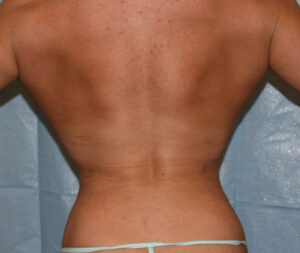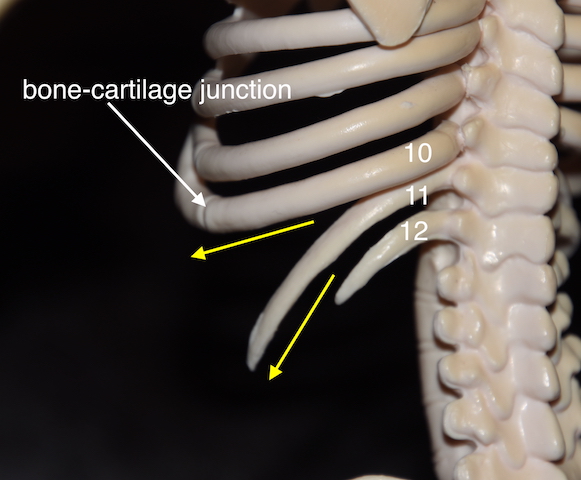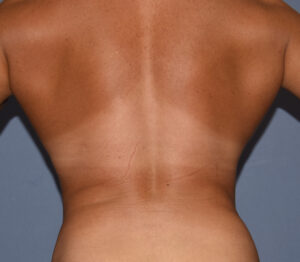The surgical method for waistline narrowing, behind that of traditional soft tissue removals, is that of rib removal surgery. There are different interpretations of what rib removal surgery is as there is no one definitive technique given the infrequent patient requests and the very few surgeons who actually have any knowledge or actual experience in the procedure.

An interesting variation to rib removal (focusing only on the bone manipulation) is whether breaking the ribs (rib fracturing or rib osteotomies) with postoperative molding (corseting) would work. This is an interesting concept that has its theoretical merits…less dissection, shorter operative time and maintenance of rib structure. As a result it bears comparing what is known and not known between the two waistline rib modifications techniques.
Having removed hundreds of ribs for waistline narrowing, and never yet see a single complication or any negative after effects of removing the outer half of ribs #10,11 and 12, I can not speak for whether rib osteotomies vs rib removal is safer or has a quicker recovery.. There simply is no actual clinical information to date by which to compare them. I would imagine that their safety profiles are very similar. For effectiveness the question is not whether rib osteotomies/corseting is better but whether it is just as as effective as rib removals.

One of the important elements in rib removal waistline narrowing is the reduction of the thickness of the lateral border of the latissimus dorsi muscle. This soft tissue reduction makes a n unrecognized contribution to waistline narrowing that goes beyond what any change to the rib protrusion/shape does. It is never mentioned in rib fractures whose effects is limited to the bone.
Rib removal has surprisingly less pain afterwards than one would think because there is no bone to heal, it is just a muscle recovery. Whether leaving the ‘fractured’ ribs in place will lead to more postoperative pain or even long-term rib pain as they are trying to heal is a interesting and relevant question. How well do the rib ends heal and do they create some pain while rubbing against each other in so doing. For this reason I would do more than just a fracture line but create a little space between the two ends, ensuring they don’t rub against each other and acknowledging that their healing back together is not functionally important.
That being said I believe rib osteotomies/fractures have a valid basis for waistline narrowing….which is probably better called ‘rib osteotomy-assisted corseting’. Equally important to the rib cut is the need for great compliance with the corseting. Thus in the properly motivated patient it has a body contouring role. But whether it produces similar results to rib removal surgery is unknown.
Dr. Barry Eppley
Indianapolis, Indiana




